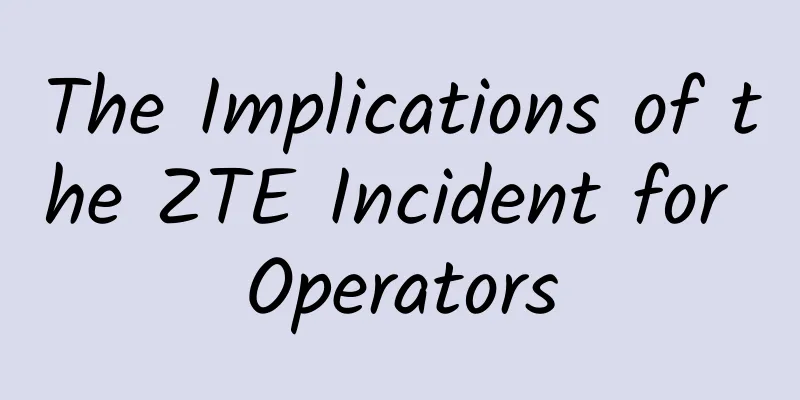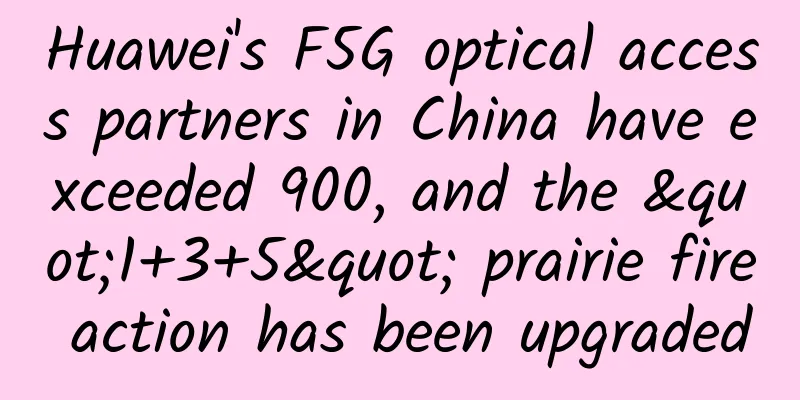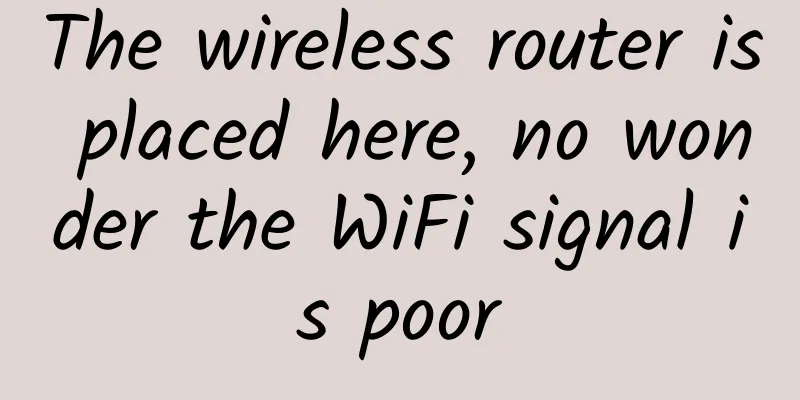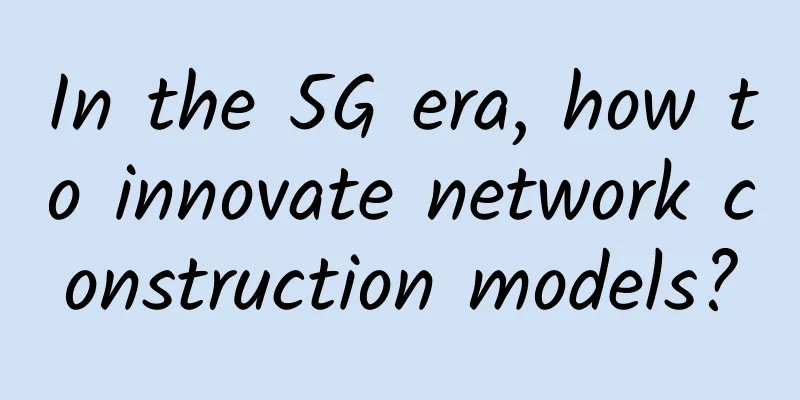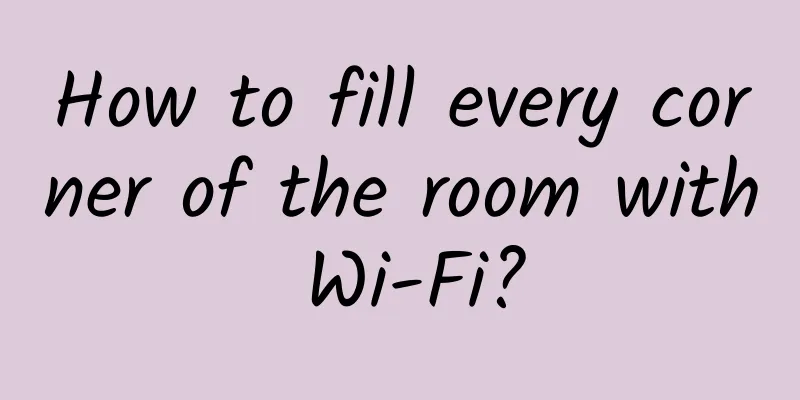A Comprehensive Guide to Fiber Optic Connector Types and Their Applications
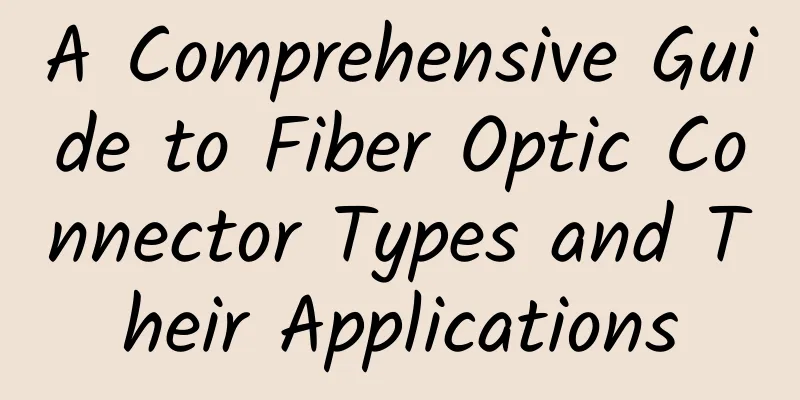
|
Fiber optic connectors play a vital role in the world of telecommunications and data transmission. These small but powerful devices are responsible for ensuring seamless and reliable connections between fiber optic cables. With so many different types of connectors available, it can be difficult to know which one is best for a specific need. In this comprehensive guide, we’ll explore the various fiber optic connector types and their applications, giving you the knowledge to make an informed decision. What is a fiber optic connector?A fiber optic connector is a mechanical device used to connect two optical cables together to transmit data or signals. It ensures precise alignment of the fiber cores, minimizing signal loss and maximizing performance. Types of fiber optic connectors:SC Connector: The Subscriber Connector (SC) is one of the most commonly used connectors. It has a push-pull latching mechanism for easy installation and removal. SC connectors are widely used in data centers, telecommunications, and local area networks (LANs). LC Connector: The LC connector is a small connector that provides high-density connections. Its design allows for easy installation and removal in tight spaces. LC connectors are often used in applications that require high-speed data transmission, such as Gigabit Ethernet. ST Connector: ST connector is one of the oldest connector types. It has a bayonet-style coupling mechanism that provides a secure connection. ST connectors are commonly used in multimode fiber optic networks. FC Connector: Ferrule connector (FC) is a screw-in connector that provides a stable and reliable connection. It is often used in high vibration environments and is popular in the military and industrial sectors. FAQQ: Can different types of connectors be used together? A: Yes, it is possible to use different types of connectors together by using a hybrid adapter or patch cords. Q: What is the difference between single-mode and multi-mode connectors? A: Single-mode connectors are designed to work with single-mode optical fibers, which transmit a single beam of light. Multimode connectors, on the other hand, are used with multimode optical fibers, which transmit multiple beams of light. Q: How do I choose the right connector for my application? A: The choice of connector depends on factors such as the type of fiber optic cable, the environment, and the desired data transmission speed. Consulting with a fiber optic expert can help make the best decision. |
<<: The future of high-speed connectivity: Embedded non-volatile memory in 5G networks
>>: Deep understanding of DNS tunnel communication in practical scenarios
Recommend
Talk about 5G in plain language: ten knowledge points to ensure you understand
When it comes to 5G, everyone can basically talk ...
5G "new infrastructure", new scenarios, new models
Since the beginning of the year, the central gove...
What is the difference between Private 4G LTE and Private 5G?
Many enterprises are deploying private 4G LTE (sh...
6G, how should the communications industry tell an attractive story?
6G has come suddenly like a spring breeze. Recent...
How many people can't tell the difference between wireless charging and wireless power supply?
Wireless charging is very popular recently, and m...
Facing these possible accidents, is your operation and maintenance team ready?
With a loud bang, the data center collapsed The d...
No more worrying about data loss: use rsync to build your automated backup solution
In modern IT environments, data backup is a vital...
Scientists convert Wi-Fi signals into electricity to charge devices
Wireless charging, which we often refer to, gener...
IDC: Enterprise WLAN market grew strongly in the third quarter
The global consumer and enterprise wireless LAN (...
How to share WiFi gracefully when the password is hard to reveal
"What's your home WiFi password?" T...
Why can't I access my home computer from work?
The previous article "Why do all our home IP...
Making WAN ubiquitous: SD-WAN still has huge room for development
[[177476]] The impact of globalization has become...
About NSA and SA of 5G, you will understand it in seconds after reading this!
The first official 5G standard is about to be rel...
Recommend an information collection tool written in Python
introduce Argus is a Python-based information col...
AT&T is offering six months of Stadia Pro for free to 5G and fiber customers
Carriers are expanding their growing list of free...

